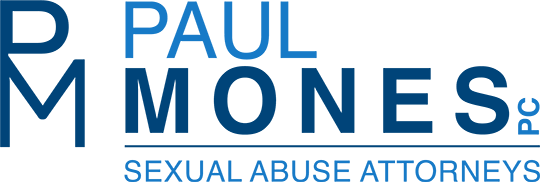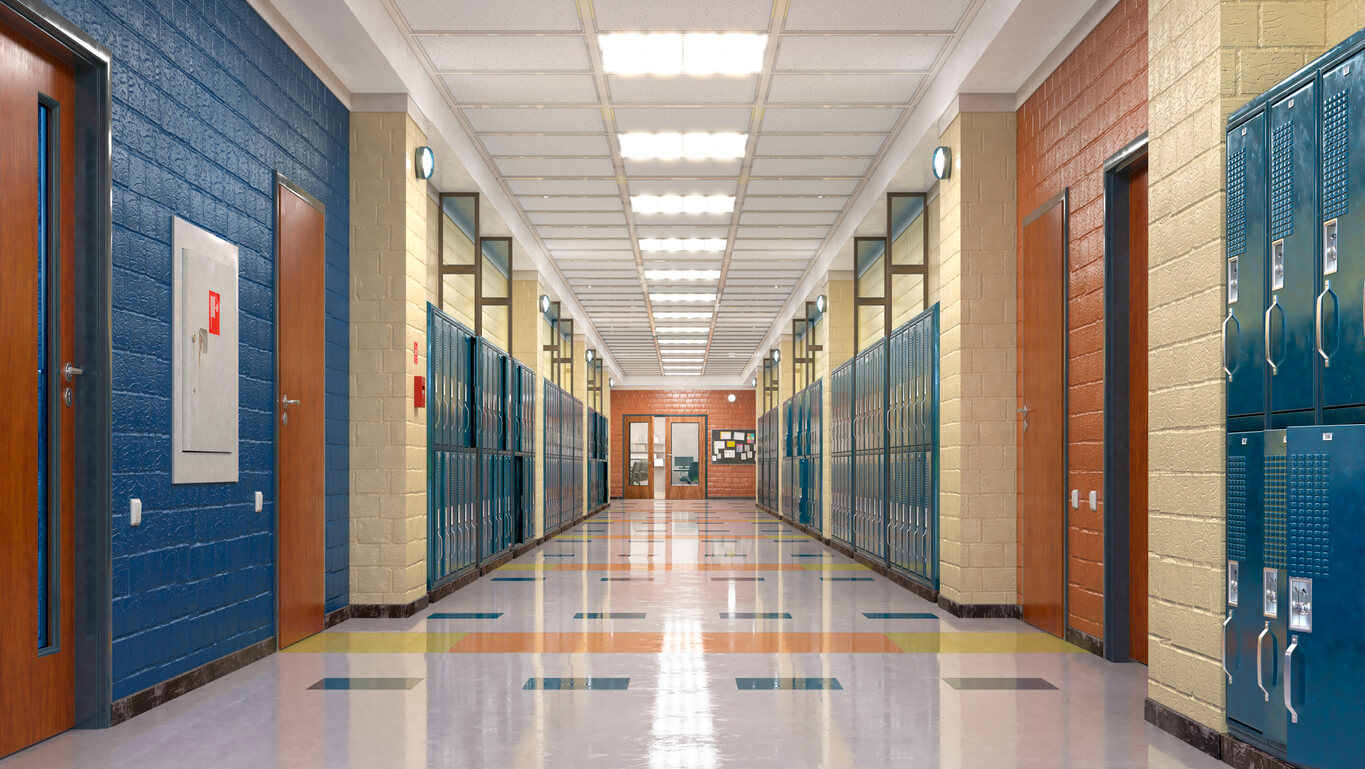The Washington Post recently reported on findings by the U.S. Department of Education concerning sexual abuse in elementary, middle, and high schools. From 2015 to 2018, there was a dramatic increase in sexual assaults. Not only is the data disturbing, but it illustrates potential problems in how schools handle claims of sexual abuse.
The findings were pulled from the Civil Rights Data Collection. This compilation, in turn, draws on surveys of every public school, charter school, and juvenile facility across the country. Data like this helps the Department of Education enforce civil rights laws in schools, which are implicated when schools fail to protect students from abuse or investigate allegations.
During the 2015-2016 school year, the Post reports, incidents of sexual violence in schools stood at about 9,600. This number rose to nearly 15,000 in the 2017-2018 school year, an increase of over 50%.
Sexual Abuse in K-12 Schoools
Over the last few years, discussions about sexual assaults and abuse in schools have typically focused on colleges and universities. Federal laws require schools to properly investigate allegations of sexual assault. While enforcement of these laws has ramped up at colleges and universities, the issue has gotten much less attention in primary and secondary schools.
There are also concerns that K-12 schools are not adequately equipped to handle such claims. Administrators may not be trained to deal with them or know what to do next. They likely don’t understand their duties under federal law to take action against sexual abuse. Compounding the problem, grade school students likely don’t understand how or where to report sexual assaults.
Some observers believe the data may actually be an undercount of the sexual abuse that children have experienced in primary and secondary schools. In many cases of sexual abuse, children are too young to even understand they’ve been victimized. Fear of reprisal or pressure to stay silent also contributes to what are likely depressed figures that don’t tell the whole story.
On the plus side, well-publicized movements such as Me Too may have played a role in the sharp increase in sexual assault reports. These campaigns typically feature victims of sexual abuse who have decided to courageously step forward and tell their stories. Me Too and other efforts to shine a light on abuse may be responsible for encouraging students to also speak up.
Why Schools Need to Take Appropriate Steps
The Department of Education data should be a wake-up call. Child sexual abuse is notoriously difficult to track due to some of the issues mentioned above. The fact that we have hard evidence of this abuse is both tragic and something that can prompt positive change. Schools should be compelled to abide by their legal obligations to properly investigate allegations. Steps should also be taken to identify shortfalls in school policy that allow so much abuse to take place. Finally, the evidence should be used by lawmakers and others to implement safety measures that can prevent more children from being harmed in the future.
Paul Mones, P.C. works on behalf of sexually abused children and their families to ensure that abusers are held liable. Our firm also recognizes that child sexual abuse is typically a systemic problem and that institutions (such as public schools) are often responsible for abuse because they turn a blind eye to it. If you or a loved one were sexually abused as a child, you may have the right to monetary compensation for your injuries. Call us today to schedule your confidential consultation.

